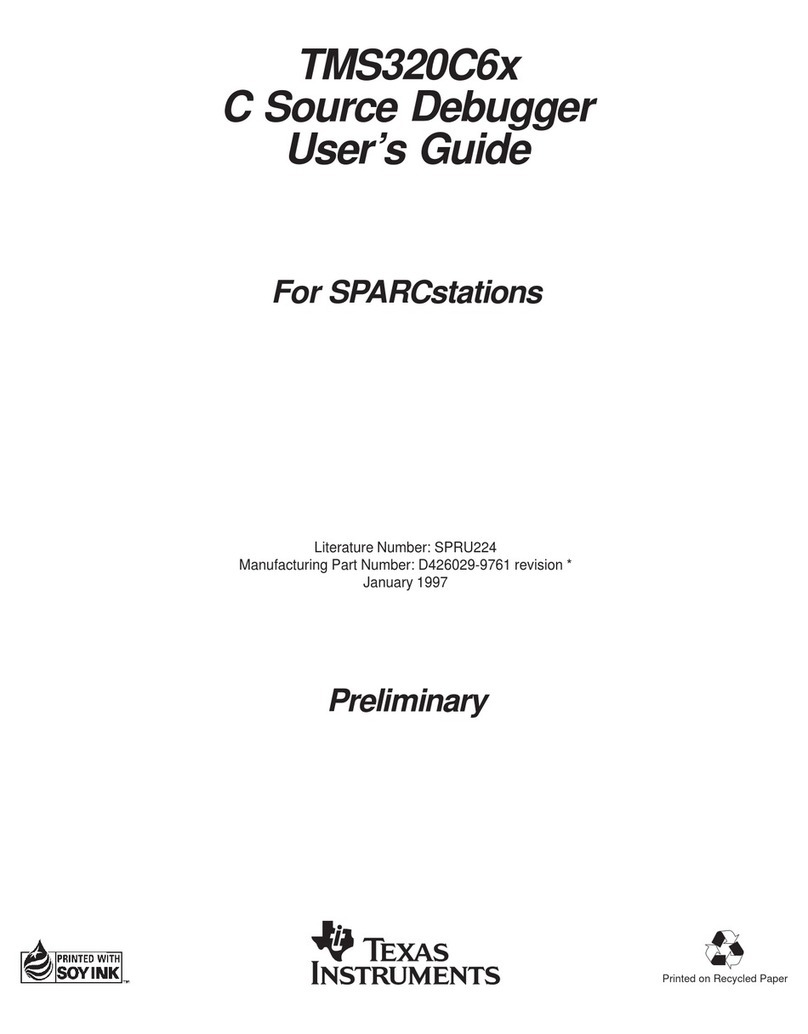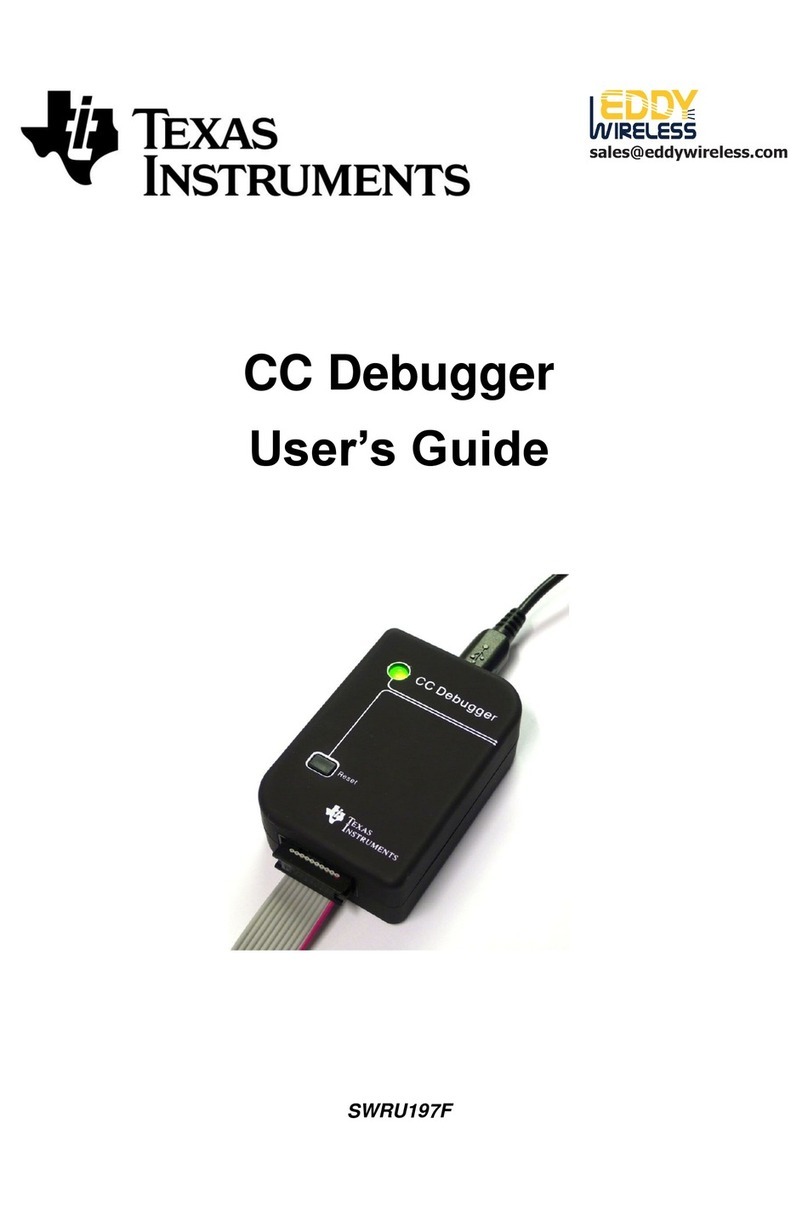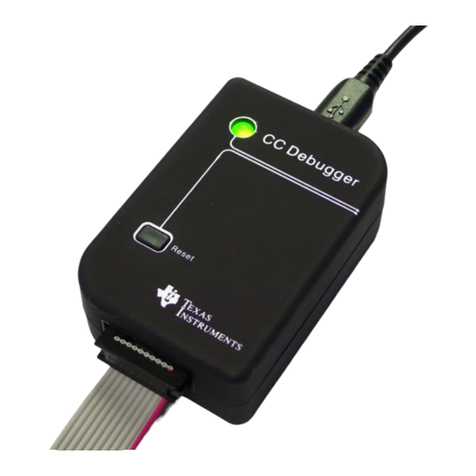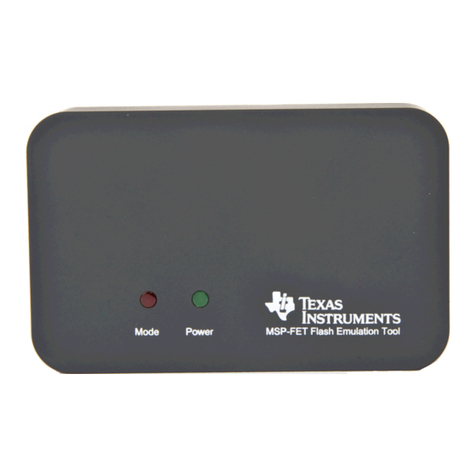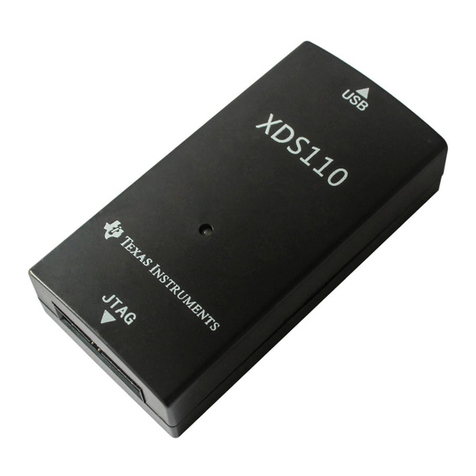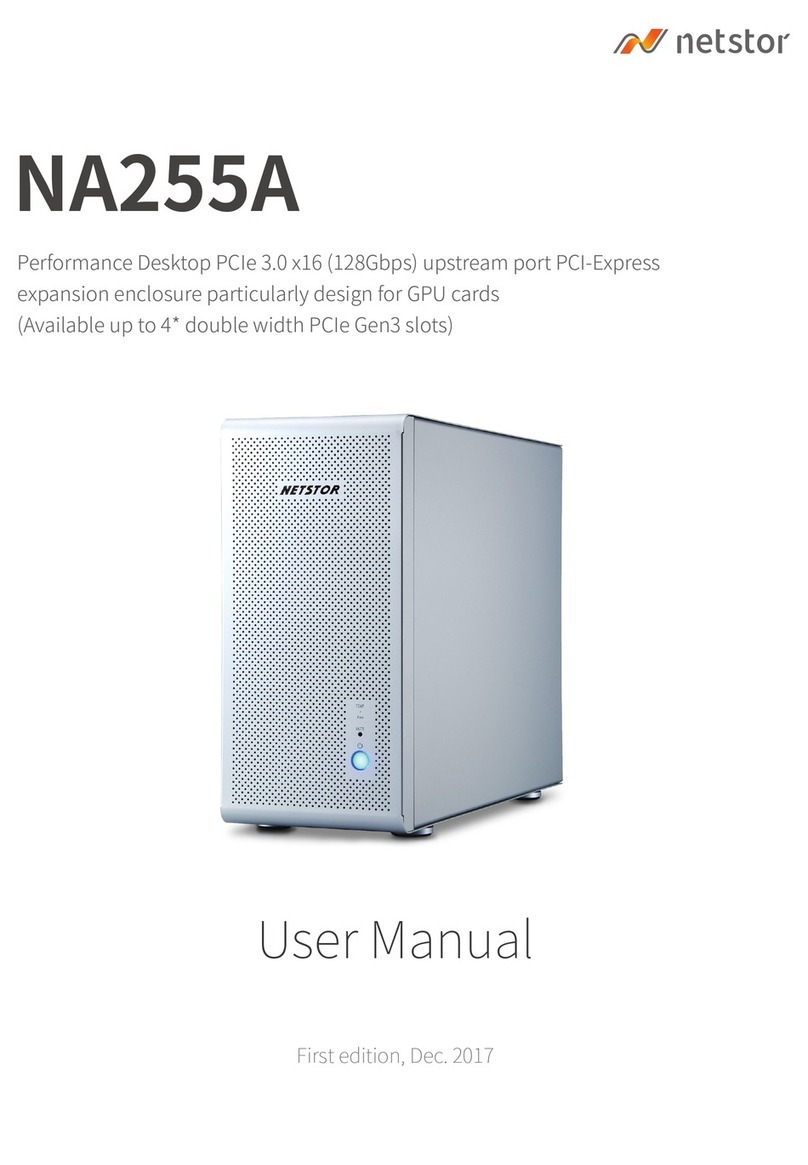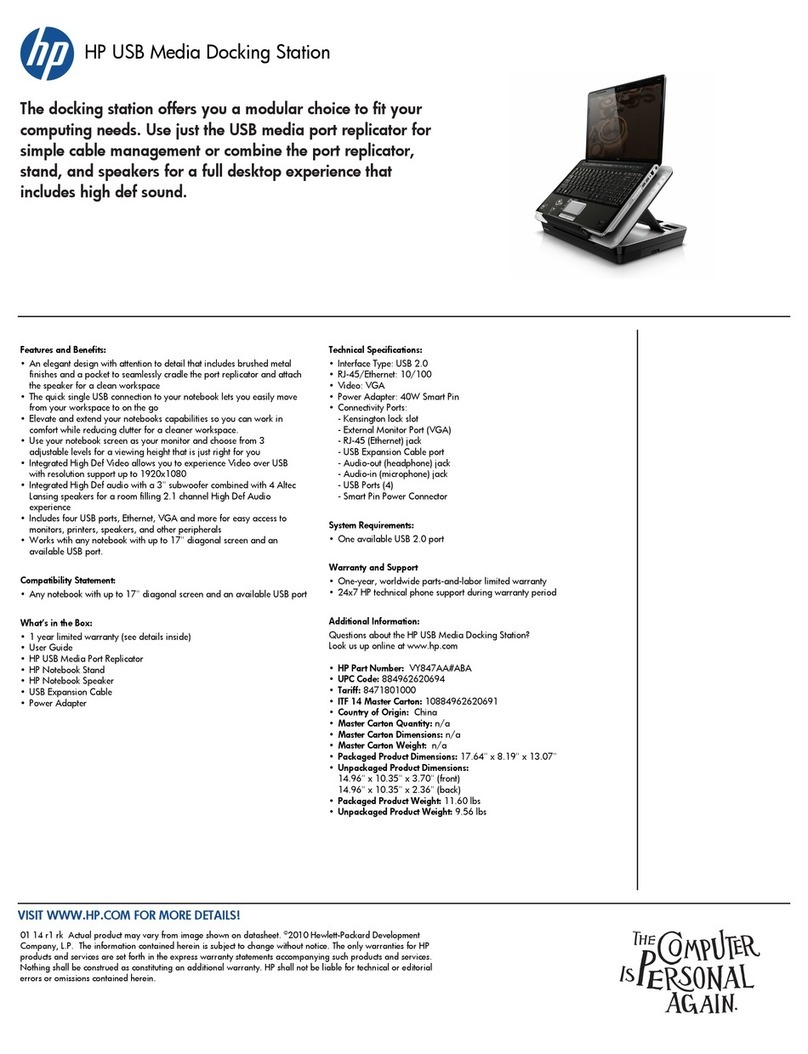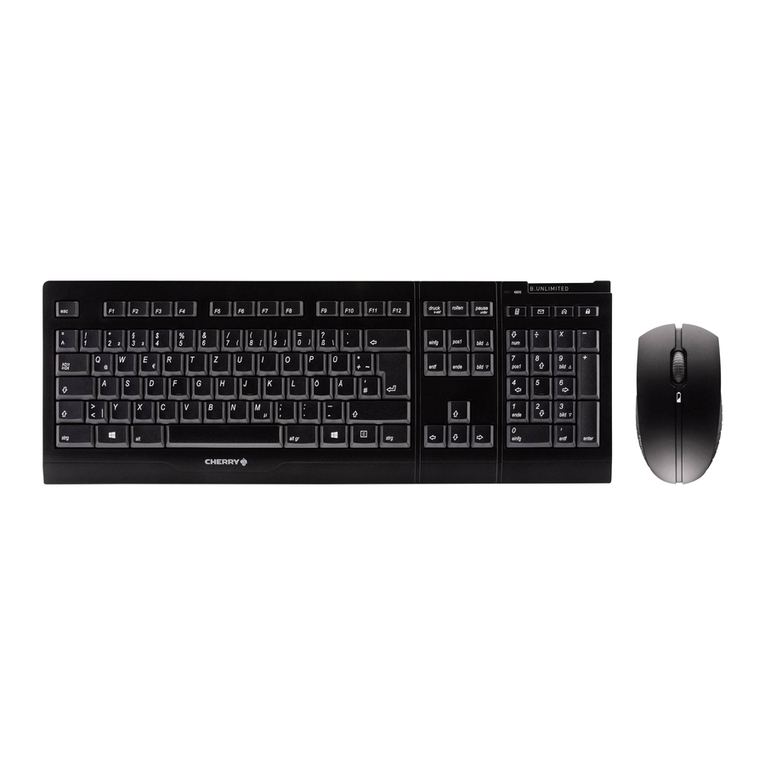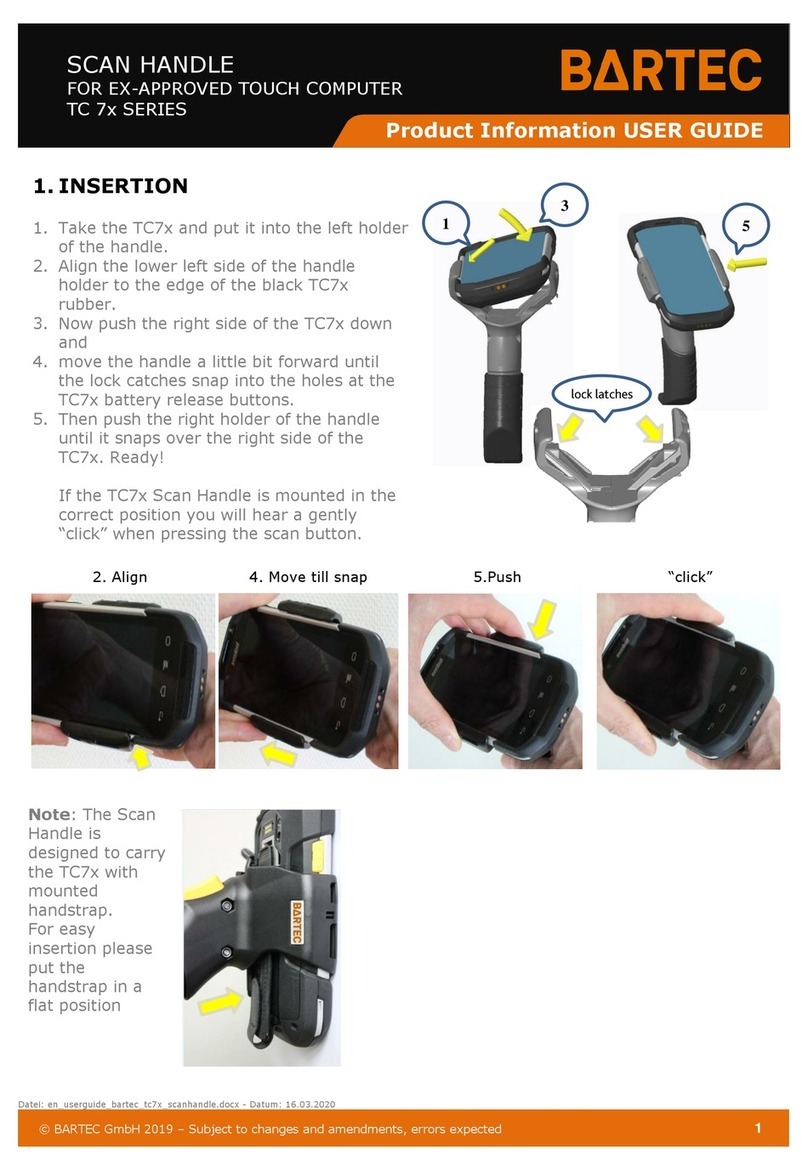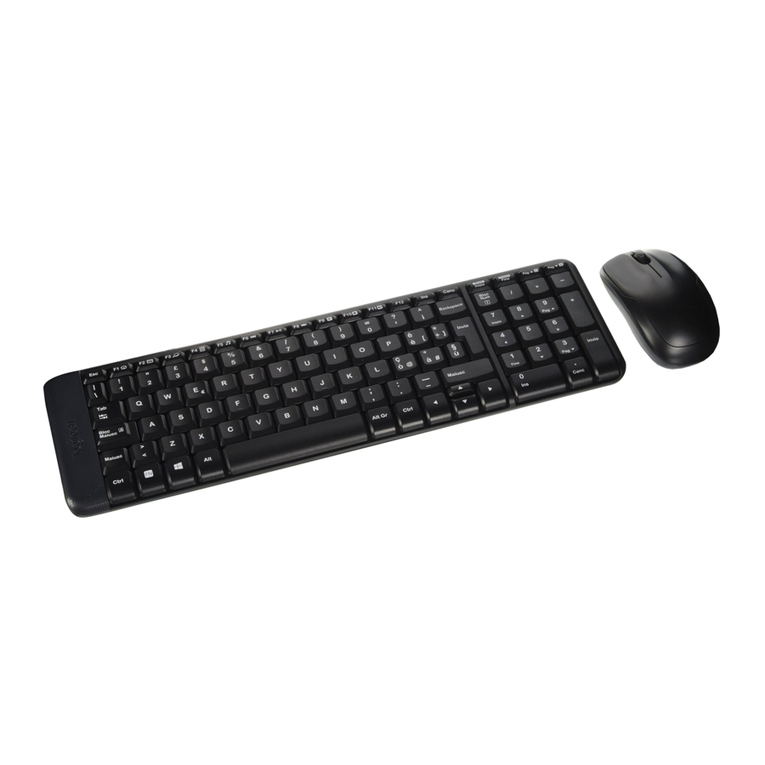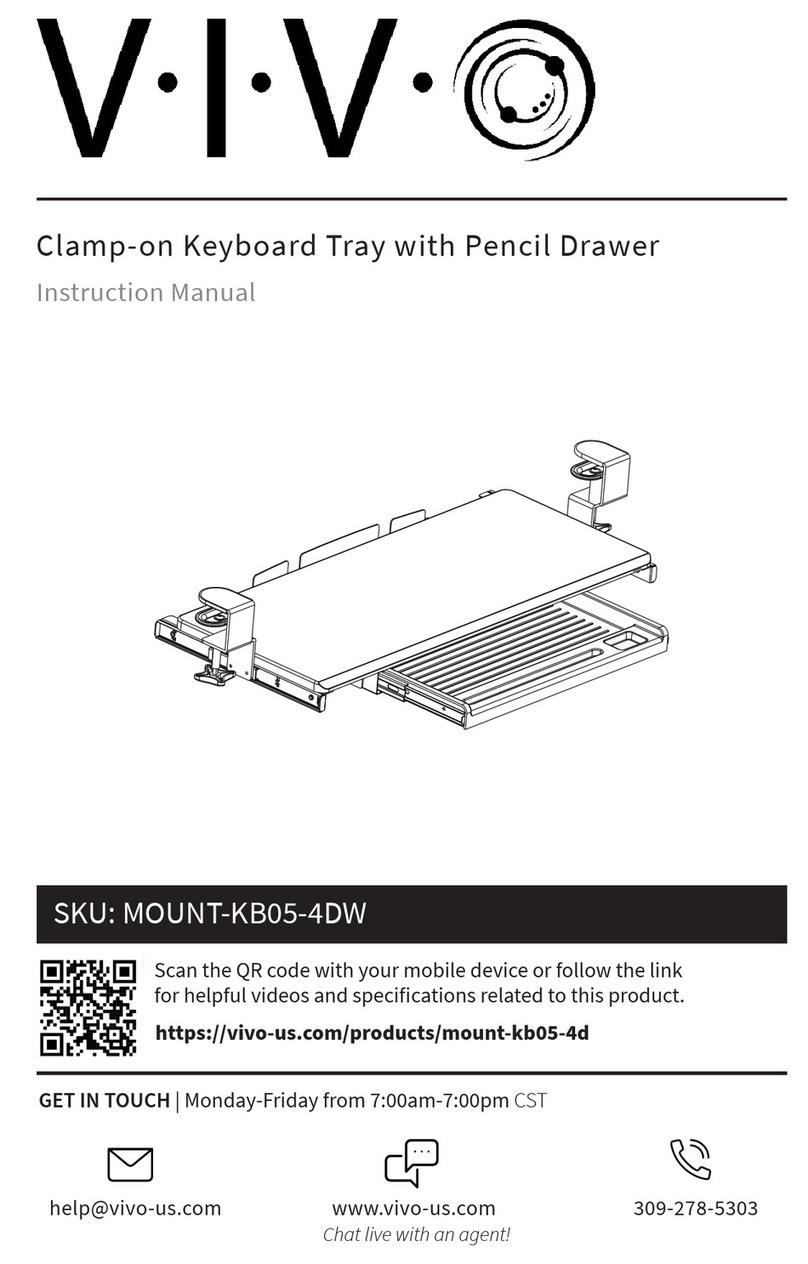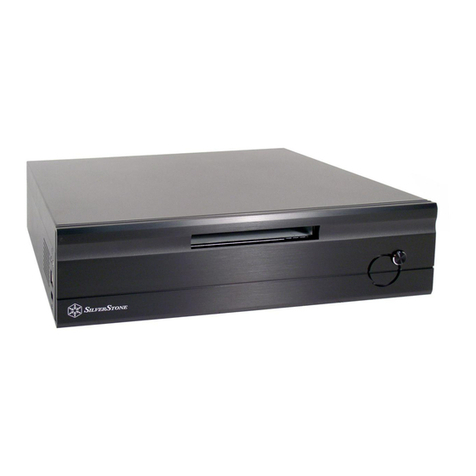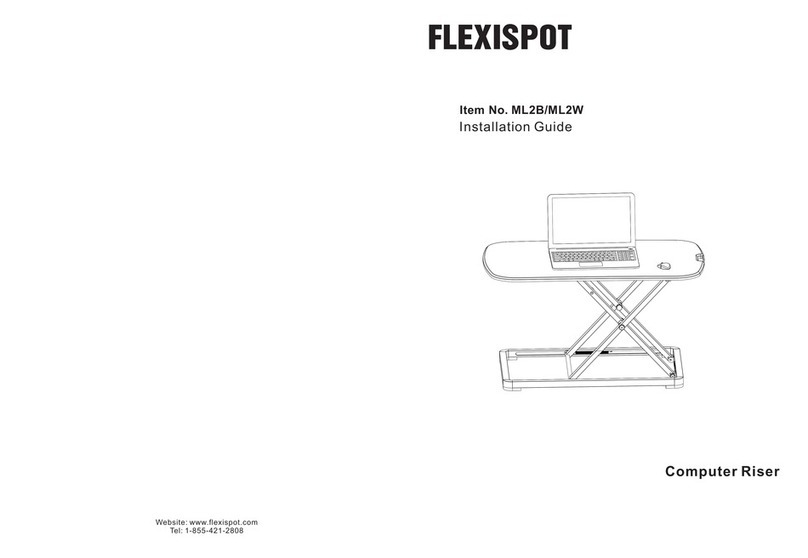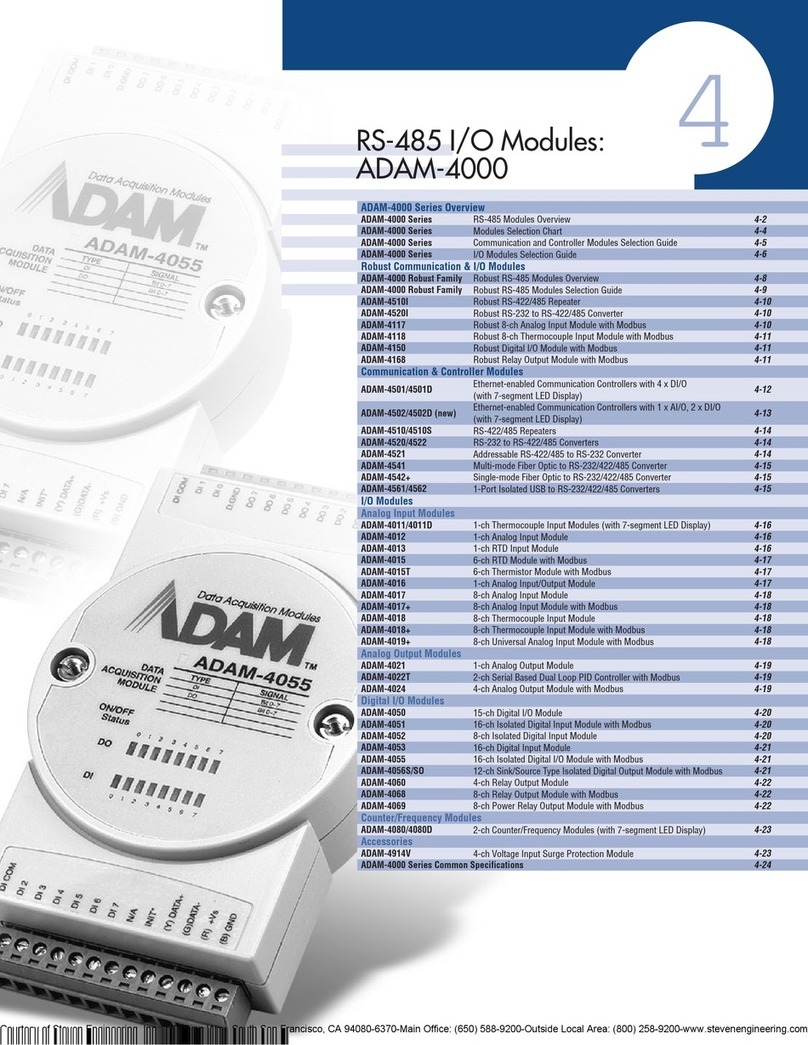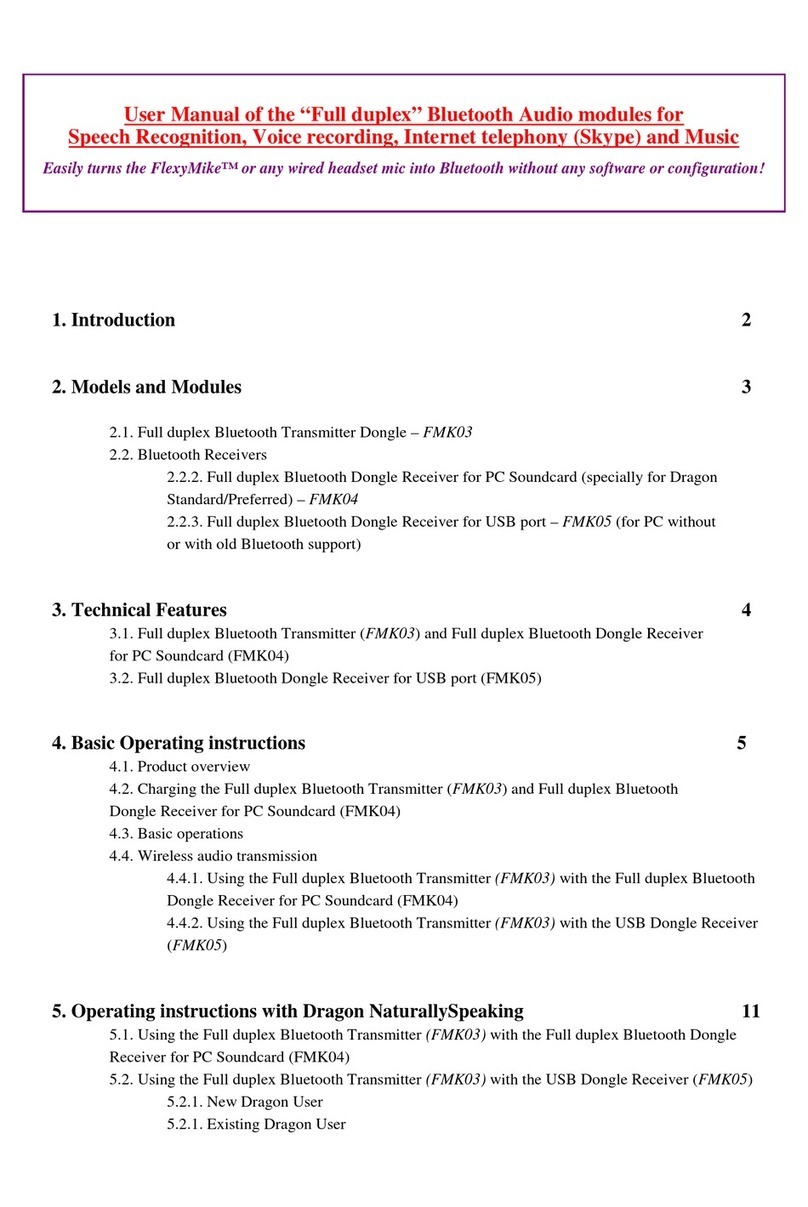
fABLE
OF
CONTENTS
Introduction.
.......................
..
I
.I$'eatures
of
Your
Disk
System.
.......
..
. _. . . . . . . . .
..
2
Diskette
Information
__ _.
..
4
Write-protectingDfskettes ..........
..
5
Labeling
and
Handl1ng
Precautions
...
..
5
sel-Up
Insiructlons
_........
..
7
General
Notes _ _.
..
8
Connecting
the
Controller ....... ..............
..
9
Connecting
the
Disk Drives _
..
.
10
Powering
Up
the
System
. . . . . . .
II
A
gulck
Look
althe
Disk
System
. , 13
Disk
Manager
Command
Module
Operation
..
.17
Editing.
........................
..
. , 18
File
Commands
18
Disk
Commands
,
•....
, ,
20
Disk
Tests
.,...................
. _
..
,
25
Single
Disk
Processing
.....
..
. , . _
..•........
27
Disk
System
Operation
with
TI
BASIC _
28
Saving
and
Loading
Prog:-ams .....
..
.
28
File
Naming
Conventions.
. . . . ,
29
File
Processing.
...........
..
.
..
_ ,
29
Cataloging
Files ............. . _
38
Sample
Programs
, , . . . . . .
..
.
39
Appendix
A:
Error
Codes
in
Tl BASIC
44
AppendIX 8:
Error
Codes
In
the
Disk
Manager
Command
Module
46
Appendix
C:
Diskette/Cassette
Operations
,
48
Transfer
Programs
between
Cassettes
and
Diskettes ,
48
Transfer
Data
from
Cassette
to
Dlsk~tte
..
,'.' _
48
se:vice
and
Warranty
Information
50
In
Case
of
Difficulty
................,........
50
Diskette
Failure
Indicators
. . .
..
.
50
Exchange
Centers
(Local
service
Options)
.............•.
,51
If
You Have
Questions
or
:'<Iced
Assistance
51
Warranty
52
INTRODUCTION
The
Texas
Instruments
Disk
Memory
System
Is
apowerful
combination
of
computer
hardware
and
software
that
allows
you
to slOre
and
retrieve
data
qUickly
and
accurately
on
5-1/4
Inch
diskettes
(sold separately).
The
system
consists
of
the
folloWing
components:
DISK MEMORY DRIVE -
The
disk
drive
reads
information
from
and
wrlles
Information on
the
diskette.
It
can
rapidly
locate
any
position
or
file
on
the
diskette
as
dtre<:ted
by
the
Disk
Drive Controller.
The
disk drive
spins
the
diskette
at
a
ccnstant
speed
and
controls
the
movement
of
the
magnetic
head.
You
may
have
one
of
two
drives
that
have
s!lghtly dUTerent
appearances.
However.
they
function
In
exaclly
the
same
way.
Diskettes (not included)
are
required.
DISK DRIVE CONTROLLER -
The
Disk DrIve Controller tells
the
disk
drive
where
to position
the
magnetic
head
in
order
to
read
or
write
information
properly.
The
controller
also
puts
an
Index
on
the
disk. mal<lng
the
data
that
has
been
written
easy
to locate.
DISK MANAGER COMMAND MODULE -
The
Disk Manager
SoUd
State
Software
r•
Command
Module
helps
you
maintain
the
Information
on
your
diskettes.
Naming
and
renaming
diskettes.
renaming
flies. deletong flies.
copying
Illes.
and
copying
diskettes
all
can
easily
be
performed
wllh
the
Disk
Manager
module
plugged
Into
the
computer
console.
The
Texas
Instruments
disk
system
represents
a
major
advance
over
other
systems.
Because
the
control
software
needed
for Ihe
disk
system
Is
In
permanent
ROM.
In
the
Disk Manager
Command
Module.
and
In
the
controller.
the
disk
system
uses
arelatively
small
amount
of
working
space
In
the
computer's
available
memory
(RAM).
The
Disk
Manager
Command
Module proVides
many
advanced
functions.
For
instance.
in
copying
a
diskette
It
rearranges
the
flies
on
the
diskette
alphabetically. And.
If
you
Ilke.
you
can
copy
selected flies
Instead
of
an
entire
disketle. qUickly
and
easily.
These
and
many
other
unique
features
of
the
disk
system
are
described
In this
manual
Get
the
most
from
your
disk
system
b!
first
reading
this
manual
and
performing
Ihe
examples
as
you go. Also review
the
appendices
for
special
information
alld
applications.
Theil
use
the
disk
system
with
your
own
applications.
